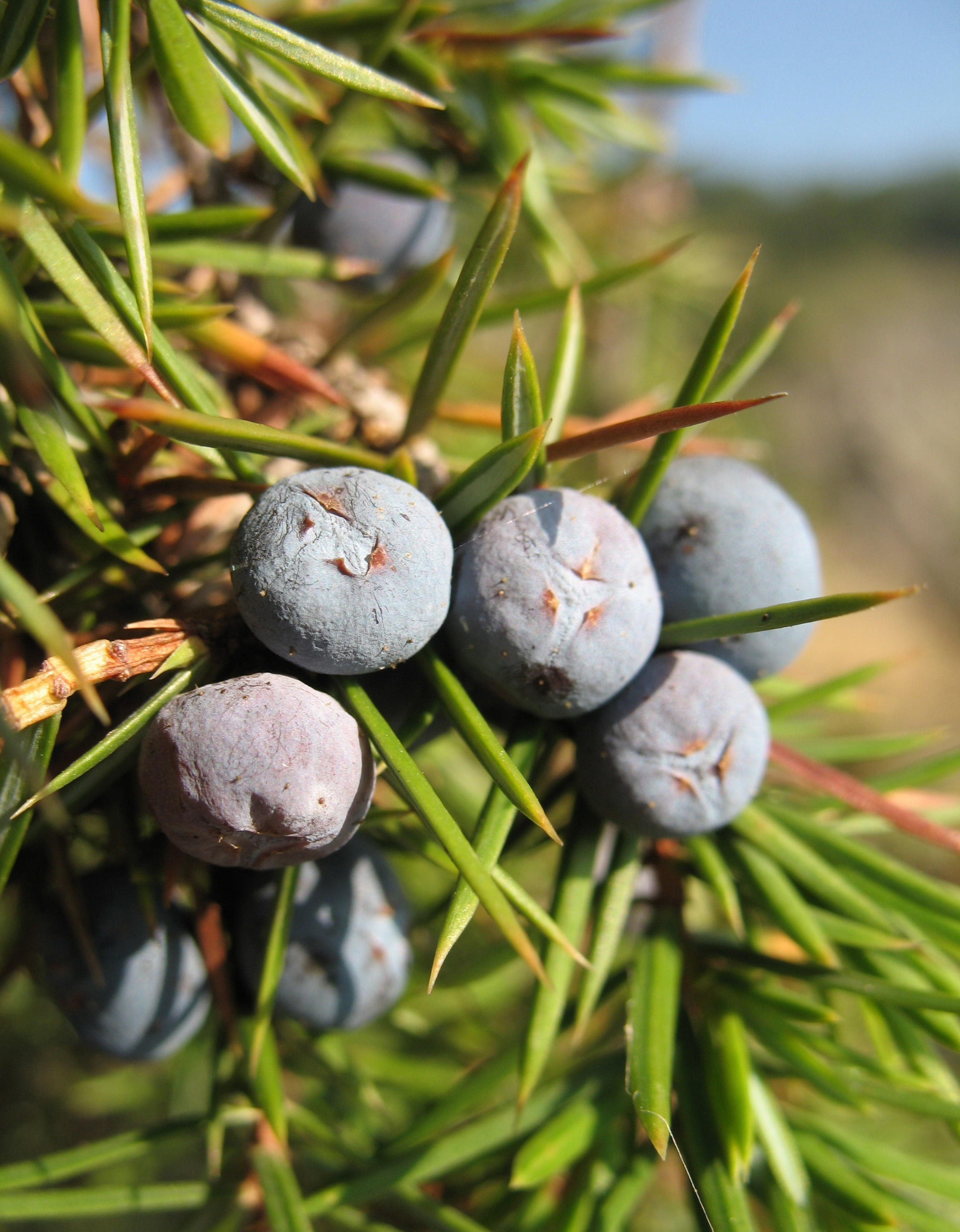Photo by o2elot licensed under CC BY-SA 2.0
Australia’s stinging trees (genus Dendrocnide) are no ordinary members of the nettle family (Urticaceae). Whereas a physical encounter with most of their cousins will leave you with a mild burning sensation that usually subsides within a few hours, coming into contact with a stinging tree can leave you with excruciating pain that can last for days. Such a severe reaction to stinging trees has left scientists wondering what is going on chemically that makes these trees so darn painful.
It turns out that the stinging trees have evolved chemical defenses that are surprisingly similar to the venom produced by some spiders. The discovery of these chemicals within the stinging hairs of stinging trees is a first for the plant kingdom and likely represent a remarkable case of convergent evolution.
The structure model of stinging tree venom (left) and the stinging trichomes of D. excelsa (right). [SOURCE]
Stinging tree venom belongs to a class of compounds known as neurotoxins. Their molecular structure looks a lot like a 3D version of a frustrated scribble on a piece of paper. This convoluted structure just so happens to target mammalian pain receptors with high affinity. Once attached, they activate the sensory neurons, forcing them into overdrive. This is why the pain is so severe.
The petioles of D. excelsa are covered in stinging hairs (top). Scanning electron micrograph of trichome structure on the leaf of D. moroides (bottom). [SOURCE]
This neurotoxic venom is delivered into the body thanks to the amazing anatomy of nettle trichomes. These tiny hairs are hollow and attached to the top of a sac-like structure filled with the venom. When something brushes against the hairs, the tips break off, turning them into tiny hypodermic needles. As the victim brushes across a stem or leaf, thousands of these hairs inject minutes amount of venom into the skin. Pain is soon to follow.
Amazingly, not all animals seem to be affected by the stinging trees potent venom. Plenty of creatures from insects to birds and even some mammals will feed on the leaves and fruits of these trees, all of which are covered in venom-filled trichomes. As is always the case in biology, there is no surefire way to deter all potential predators. Inevitably some organism(s) will circumvent the deterrent through evolutionary means. Nonetheless, the discovery of animal-like venom being produced by plants is remarkable and opens up new doors into the world of chemical ecology and evolution.
Further Reading: [1]

![The structure model of stinging tree venom (left) and the stinging trichomes of D. excelsa (right). [SOURCE]](https://images.squarespace-cdn.com/content/v1/544591e6e4b0135285aeb5b6/1601307201196-3VFCBKWMHMVZ0ZFI9P6D/sting2.JPG)
![The petioles of D. excelsa are covered in stinging hairs (top). Scanning electron micrograph of trichome structure on the leaf of D. moroides (bottom). [SOURCE]](https://images.squarespace-cdn.com/content/v1/544591e6e4b0135285aeb5b6/1601307290389-18K0E1TO357ZSG9DQLC2/sting1.JPG)









![[SOURCE]](https://images.squarespace-cdn.com/content/v1/544591e6e4b0135285aeb5b6/1486578795815-PMLOXE5169FQ31BLAB9V/image-asset.jpeg)